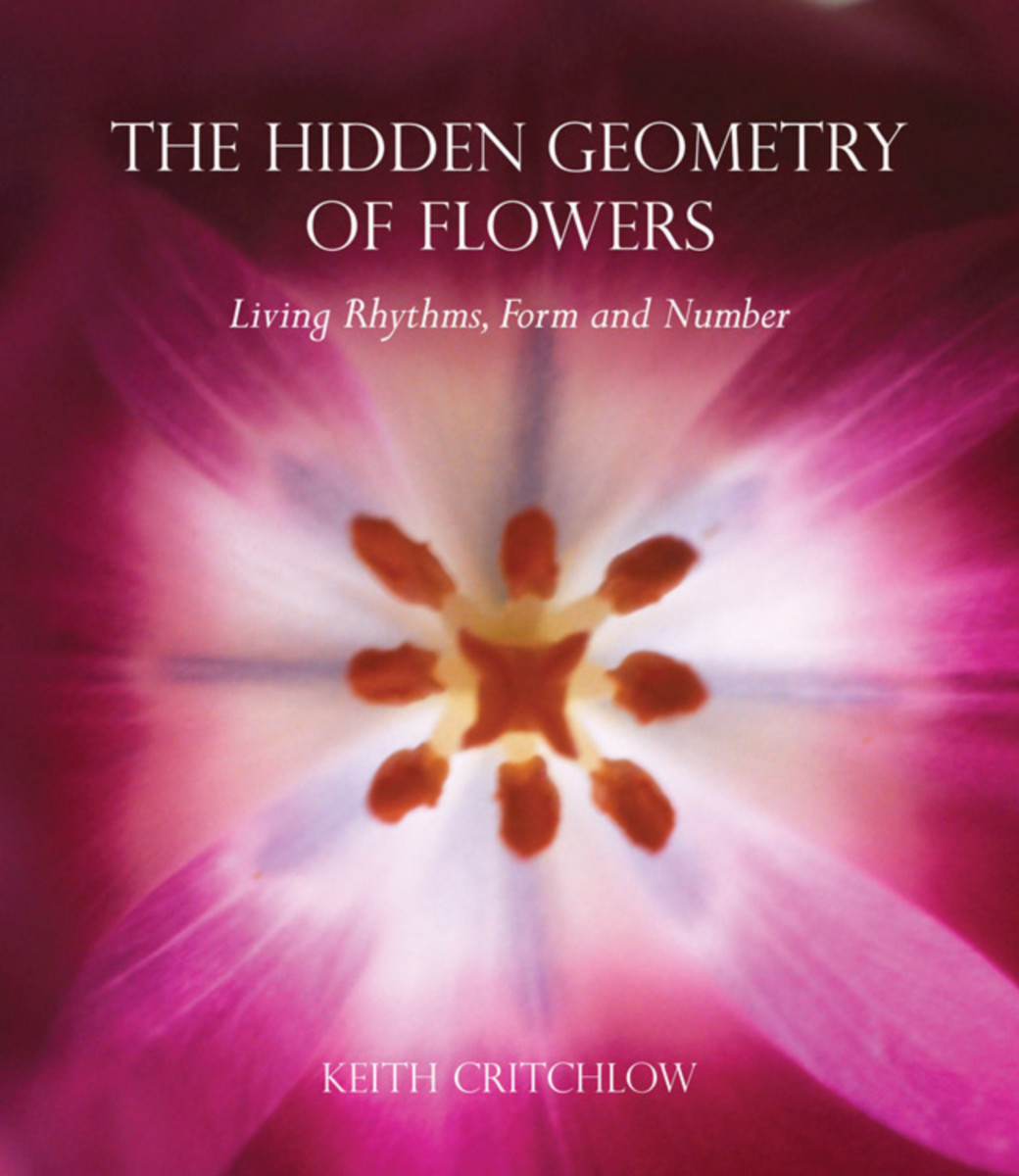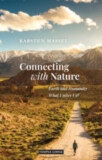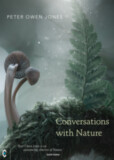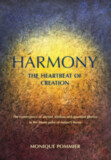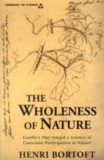The Hidden Geometry of Flowers
Living Rhythms, Form, and Number
- Publisher
Floris Books - Published
2nd November 2011 - ISBN 9780863158063
- Language English
- Pages 448 pp.
Can we imagine a world without flowers? Their beauty offers us delight in their color, fragrance, and form, and their substance offers medicinal benefits. Flowers also speak to us in the language of the plant’s form, provide cultural symbols in different cultures, and, at the highest levels, offer inspiration.
In this beautiful and original book, renowned thinker and geometrist Keith Critchlow focuses on an aspect of flowers that has received the least attention. The flower becomes a teacher of symmetry and geometry (the “eternal verities,” as Plato called them). In this sense, Critchlow tells us, we can treat flowers as sources of remembering—ways of recalling our own wholeness, as well as awakening our inner power of recognition and consciousness. What is evident in the geometry of a flower’s face can remind us of the geometry that underlies all existence.
Working from his own flower photographs and with every geometric pattern hand-drawn, the author reviews the role of flowers from the perspective of our interrelationship with the natural world. His illuminating study attempts to re-engage the human spirit in its intimate relation with all nature.
“Keith quotes Silesius at one point, that ‘God is in all things as unity is in all number.’ From this comes the conclusion, surely, that no one organism can grow well and true without it also being mindful and enhancing the well-being of the whole. This is the golden rule of life, expressed through a precise, naturally occurring geometry that reveals the sacred ‘ratio,’ our proper relationship with the whole of creation.” — HRH King Charles III (the foreword)
C O N T E N T S:
Foreword by HRH The Prince of Wales
Acknowledgments and Gratitude
Author’s Preface
PART ONE: INTRODUCTION
Some Talk of a Return to Nature
How Do We See a Flower?
What Is Life?
Modern Science, Truth, and Beauty
Viewing a Flower Geometrically
The Quality of Number in Flowers
Where Does This Lead Us?
PART TWO: VIEWING FLOWERS FROM DIFFERENT PERSPECTIVES
The Study of Flowers over Time
The Traditional Perspectives or How We Could Regard Flowers
Wreaths of Plant Life: The Symbol of Attainment
Number and Flowers
The Seed as a Point of Origin and Potentiality
We Are Nature as Well as Supra-nature
The Unfolding of a Daisy, a Symbol of the Flowering Process Itself
PART THREE: THE GEOMETRY OF FLOWERS
The Mystery of Flowers, the Chosen Symmetry and their Intrinsic Geometry
Petal Geometries and the Principle of Radiance
The Primary Geometrical Flower
The Search for the Controlling Archetype in Flower Geometry
An Introduction to the Geometry of Flowers: The Primary Symmetries
PART FOUR: FLOWERS OF GEOMETRY
Introduction to Flowers of Geometry
The Flowers of Geometry
PART FIVE: LEAVES AND LIFE’S MOST CONSISTENT MIRACLE: PHOTOSYNTHESIS
The Leaf
Photosynthesis: What Exactly Is It?
Phyllotaxis or the Display of Leaves on their Parent Stem
Leaves, Chinese Wisdom and Understanding the Recurrent Principles of Plant Life
Symbols and Actualities in the Plant and World of Cultivation
The Cultural Dimension of Trees and Flowers
PART SIX: CONCLUSIONS
So, What Is Life that Flowers Represent so Magnificently?
A Flower and Its Existence
In Summary
Endnotes
Bibliography
Image Credits
Index
Keith Critchlow
Prof. Keith Critchlow (1933–2020) was a well-known lecturer and author and a founding member of Research Into Lost Knowledge Organization (RILKO), a founding member and Director of Studies of Kairos, and a founding member and President of the Temenos Academy. He was Professor Emeritus and founder of the Visual Islamic and Traditional Arts Programme at the Royal College of Art, now the Prince’s School of Traditional Arts. Trained as a painter, Critchlow discovered geometry intuitively. A period of intensive geometric practice (and work with Buckminster Fuller) led him to the recognition that the universal principles of geometry are revealed and confirmed both by the area of design where art and mathematics meet and in the study of nature and ancient and medieval sacred cosmological stone, temple, cathedral, and mosque architectures. Keith Critchlow had been a senior lecturer at the Architectural Association in London, and taught Islamic Art at the Royal College of Art. He also participated as geometer in various sacred architectural projects. His books include Islamic Patterns: An Analytical and Cosmological Approach (1999); Time Stands Still: New Light on Megalithic Science (2007); and The Hidden Geometry of Flowers: Living Rhythms, Form, and Number (2011).


